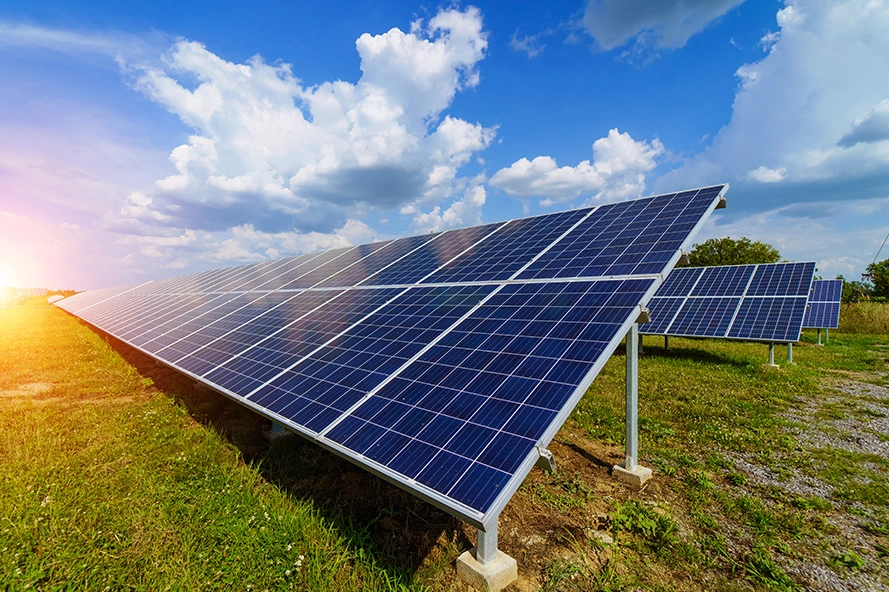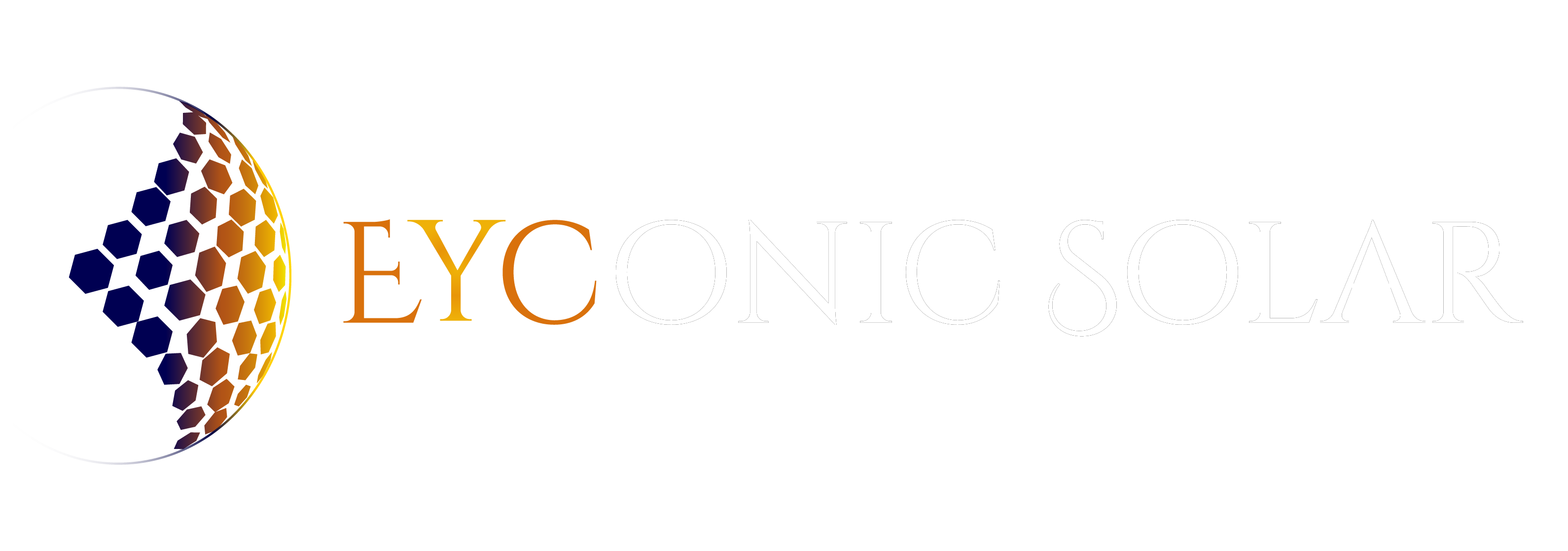A ground-mounted solar power
plant is a large-scale solar energy system installed on the ground rather than
on rooftops. These plants are commonly used for utility-scale power generation,
commercial projects, or large residential properties where rooftop space is
insufficient. Below are the complete details of a ground-mounted solar power
plant:
Components of a Ground-Mounted Solar Power Plant
1. Solar Panels (Photovoltaic Modules):
- Convert sunlight into direct current (DC) electricity.
- Available in monocrystalline, polycrystalline, or thin-film variants.
- Efficiency ranges from 15% to 22%.
2. Inverters:
- Convert DC electricity from the solar panels into alternating current
(AC) electricity.
- Central inverters or string inverters are commonly used in
ground-mounted systems.
3. Mounting Structures:
- Support the solar panels and position them at an optimal angle to
maximize sunlight exposure.
- Made of galvanized steel or aluminum to withstand outdoor conditions.
- Can be fixed-tilt or equipped with solar tracking systems (single-axis
or dual-axis) to follow the sun's movement.
4. Transformers:
- Step up the voltage of the generated electricity for efficient
transmission to the grid.
5. AC/DC Cables and Connectors:
- Connect the solar panels, inverters, and transformers.
- Ensure efficient transmission of electricity.
6. Combiner Boxes:
- Combine the output of multiple solar panels into a single DC output.
7. Protection Devices:*
- Include surge protectors, circuit breakers, and disconnect switches to
ensure safety and prevent damage to the system.
8. Substation:
- Connects the solar power plant to the grid and manages power
distribution.
9. Fencing and Security:
- Protects the solar plant from theft, vandalism, and animal
interference.
10. Monitoring System:
- Tracks the performance of the solar plant in real-time.
- Includes sensors, meters, and software for data analysis.
Working Principle
1. Solar panels absorb sunlight and
generate DC electricity.
2. The DC electricity is sent to
inverters, where it is converted into AC electricity.
3. The AC electricity is stepped up
by transformers for transmission to the grid.
4. Excess electricity is fed into
the grid, and the system draws power from the grid when needed.
Additional information
Advantages of Ground-Mounted Solar Power Plants
1. Scalability: Can be installed
in large capacities to meet high energy demands.
2. Optimal Orientation: Panels
can be positioned at the best angle and direction for maximum sunlight
exposure.
3. Easy Maintenance: Ground-mounted systems are easier to access and maintain compared to rooftop
systems.
4. No Space Constraints: Suitable
for areas where rooftop space is limited or unavailable.
5. Higher Efficiency: Can incorporate solar tracking systems to increase energy output.
Disadvantages
1. Land Requirement:* Requires
significant land area, which may not be available in urban areas.
2. Higher Installation Costs: May
involve additional costs for land preparation, fencing, and security.
3. Environmental Impact: Can
affect local ecosystems if not planned carefully.
Applications
- Utility-scale power generation
- Commercial and industrial
projects
- Agricultural farms (agrivoltaics)
- Remote areas with no access to
the grid
Environmental Considerations
1. Land Use: Proper planning is
required to minimize impact on local ecosystems.
2. Water Usage: Solar panels
require occasional cleaning, which may involve water usage.
3. Recycling: End-of-life solar
panels and components should be recycled responsibly.



.webp)

